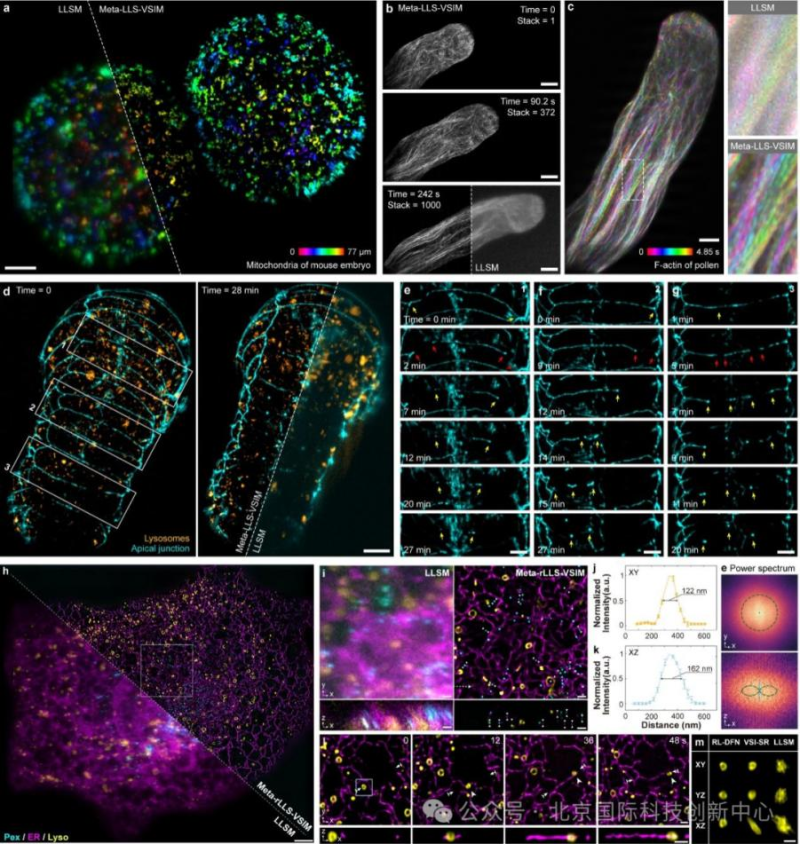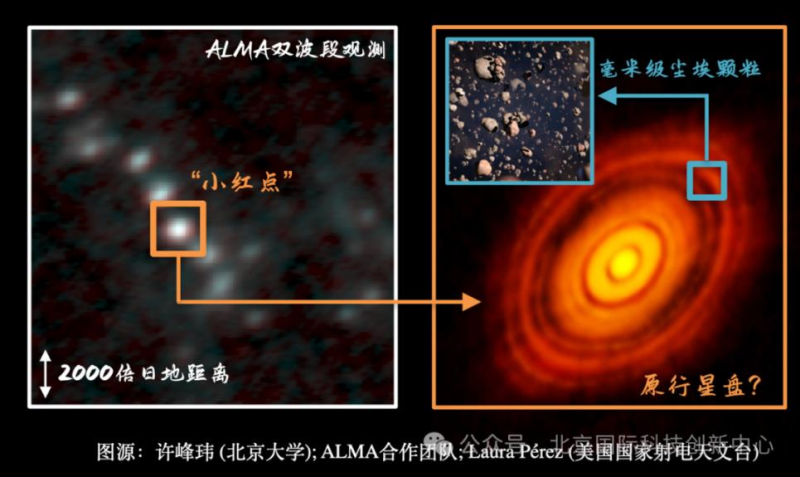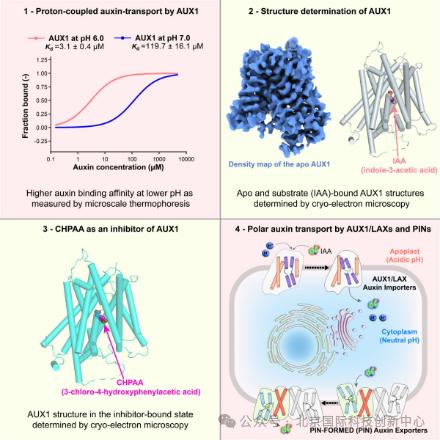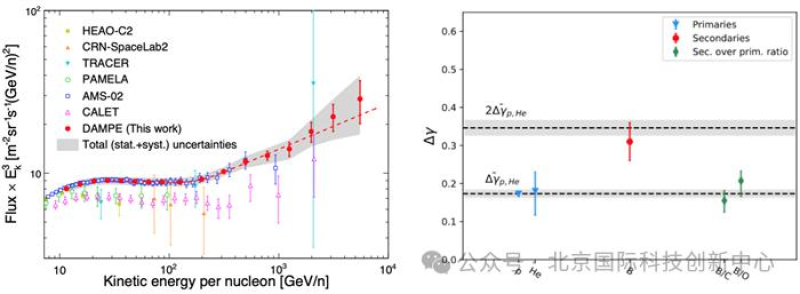Weekly Advanced Technologies〔77〕

Weekly Advanced Technologies〔77〕| AI Democratizes Microscopy: Real-Time 3D Super-Resolution Imaging Unlocks the Secrets of Living Cells; Scientists Worldwide Team Up to Find Protoplanetary Disk Candidates in Galactic Center
Is there life beyond Earth? What are our cosmic origins? A groundbreaking study led by the Department of Astronomy, School of Physics, Peking University, the Shanghai Astronomical Observatory, Chinese Academy of Sciences, and the Department of Physics, University of Cologne (Germany) has mapped three key molecular clouds in the Galactic Center's Central Molecular Zone. This unprecedented survey—the most detailed of its kind—has uncovered more than 500 stellar nurseries, shedding light on star formation in the Milky Way's most extreme and mysterious environment. The findings offer new clues about how stars, and potentially planetary systems, emerge in the heart of our galaxy.
Recently, a collaborative effort between LI Dong's research team (School of Life Sciences, Tsinghua University) and Academician DAI Qionghai's group (Department of Automation) has led to the development of a breakthrough microscope. This cutting-edge system can complete the entire workflow—from training data collection to adaptive deployment of a deep learning model—in just three minutes. By seamlessly integrating AI into biological experiments, the technology dramatically lowers the barrier to adoption, making advanced computational tools accessible to researchers with minimal technical expertise.
Based on the weekly diary of technology provided by the daily list of the NCSTI online service platform, we launch the column "Weekly Advanced Technologies" at the hotlist of sci-tech innovation. Today, let's check out No.77.
1. AI Democratizes Microscopy: Real-Time 3D Super-Resolution Imaging Unlocks the Secrets of Living Cells

Meta-rlls-vsim enables rapid 5d super-resolution live-cell imaging
Recently, a collaborative effort between LI Dong's research team (School of Life Sciences, Tsinghua University) and Academician DAI Qionghai's group (Department of Automation) has led to the development of a breakthrough microscope. They developed a meta-learning-empowered reflective lattice light-sheet virtual structured illumination microscopy (Meta-rLLS-VSIM). This microscope integrates multiple innovations, including: virtual structured illumination, mirror-enhanced dual-view detection, and bayesian dual-view fusion reconstruction.
Without sacrificing imaging speed or photon efficiency, it extends the 1D super-resolution capability of traditional LLS-SIM to full 3D (XYZ), achieving near-isotropic resolution (120 nm lateral, 160 nm axial). By seamlessly integrating AI into biological experiments, the technology dramatically lowers the barrier to adoption, making advanced computational tools highly accessible to researchers with minimal technical expertise.
To demonstrate Meta-rLLS-VSIM’s capability for rapid five-dimensional (wavelength channel-XYZ spatial dimensions-time) super-resolution live-cell imaging, the collaborative team conducted long-term super-resolution observations of thick, large-volume samples, including mouse embryos, plant pollen tubes, and C. elegans embryos. Combining the physical optical sectioning of lattice light-sheet illumination with near-isotropic 3D super-resolution, Meta-rLLS-VSIM clearly revealed biological processes such as the polar growth of pollen tube tips and plasma membrane fusion during C. elegans embryonic development.
2. Scientists Worldwide Team Up to Find Protoplanetary Disk Candidates in Galactic Center

Is There Life Beyond Earth? What Are Our Cosmic Origins? A groundbreaking study led by the Department of Astronomy, School of Physics, Peking University, the Shanghai Astronomical Observatory, Chinese Academy of Sciences, and the Department of Physics, University of Cologne (Germany) has mapped three key molecular clouds in the Galactic Center's Central Molecular Zone. Using a highly sensitive, high-resolution, and fully covering method, they examined these three representative molecules. This is the most comprehensive survey of the region to date, identifying more than 500 dense structures - the cradle of star birth.
The team was surprised to see that over 70% of the dense cosmic structures looked redder than predicted. After carefully accounting for measurement errors and other factors, they concluded that two explanations stood out—and both hinted at the same groundbreaking idea: these structures harbor protoplanetary disks. The next step? Multi-wavelength observations to pin down their properties and life cycle, offering fresh clues about our solar system’s beginnings and the birth of rocky planets in the Galactic Center.
3. Cell丨Scientists Decode AUX1 Structure and Transport Mechanism, Unlocking Key Secrets of Polar Auxin Transport

The auxin influx transport mechanism mediated by the AUX1 protein
As the first discovered plant hormone, auxin participates in nearly the entire life cycle of plants. Auxin does not diffuse randomly within plants but exhibits distinct polar transport characteristics. A well-known example is the "sun-tracking" movement of sunflowers, which results from the uneven distribution of auxin between the light-facing and shaded sides. This directional transport primarily relies on the coordinated action of three protein families: the PIN and ABCB family proteins, responsible for auxin efflux from the cytoplasm to the extracellular space, and the AUX1/LAX family members, which mediate auxin influx from the extracellular space into cells. Their transport mechanisms and regulatory pathways differ, playing crucial roles in auxin polar transport and specific spatial distribution. Currently, existing research still lacks molecular-level understanding of AUX1/LAX proteins mediating auxin influx, representing a critical "gap" in deciphering the mechanism of auxin polar transport.
The team of SUN Linfeng and LIU Xin from the School of Life Sciences and Medicine, University of Science and Technology of China, in collaboration with the team of TAN Shutang, filled a key gap in the study of the process of polar auxin transport. They reported for the first time the three - dimensional structure of the plant auxin influx transporter AUX1 and systematically explained the molecular mechanism by which this protein transports auxin into the cell depending on the proton concentration gradient, and mapped the picture of the polar auxin transport process at the molecular level. Their achievements contribute to a deeper understanding of the transport mechanism of plant hormones and lay the foundation for the future development of small - molecule regulators based on these transporters.
4. Physical Review Letters丨Breakthrough in Cosmic-Ray Research: Wukong Detects Unprecedented Spectral Structures in Boron Nuclei

The measurement results of the secondary cosmic-ray boron spectrum by the "Wukong" satellite (left) and the comparison of the boron spectral index variation with other components (right).
Cosmic ray origins and propagation remain key frontiers in physics and astronomy. Boron nuclei in cosmic rays are predominantly secondary particles generated when primary nuclei (e.g., carbon, oxygen) collide with interstellar matter during propagation, making their energy spectra crucial probes of cosmic ray diffusion mechanisms. Recent direct observations above 100 GeV/n have revealed potential breaks in the boron energy spectrum, yet measurement uncertainties preclude definitive conclusions and rigorous testing of existing propagation models.
"Wukong," China's first space-based astronomical satellite for high-energy particle observation, aims to probe dark matter indirectly via cosmic-ray electrons and gamma rays while also studying cosmic-ray acceleration and propagation through nuclear species detection. Recently, the international "Wukong" collaboration analyzed eight years of data, achieving the world's most precise measurement of TeV/n cosmic-ray boron spectra—revealing new spectral features.
The collaboration has detected, with high confidence, a spectral hardening in cosmic-ray boron nuclei around 200 GeV/n—where the spectral index change is roughly twice that of primary protons and helium nuclei. This implies a propagation-related origin for the hardening. As secondary boron nuclei undergo additional diffusion compared to primaries, their spectral hardening appears more pronounced. These observational results hold significant implications for studying cosmic-ray propagation processes and provide the latest observational evidence for refining cosmic-ray propagation models.